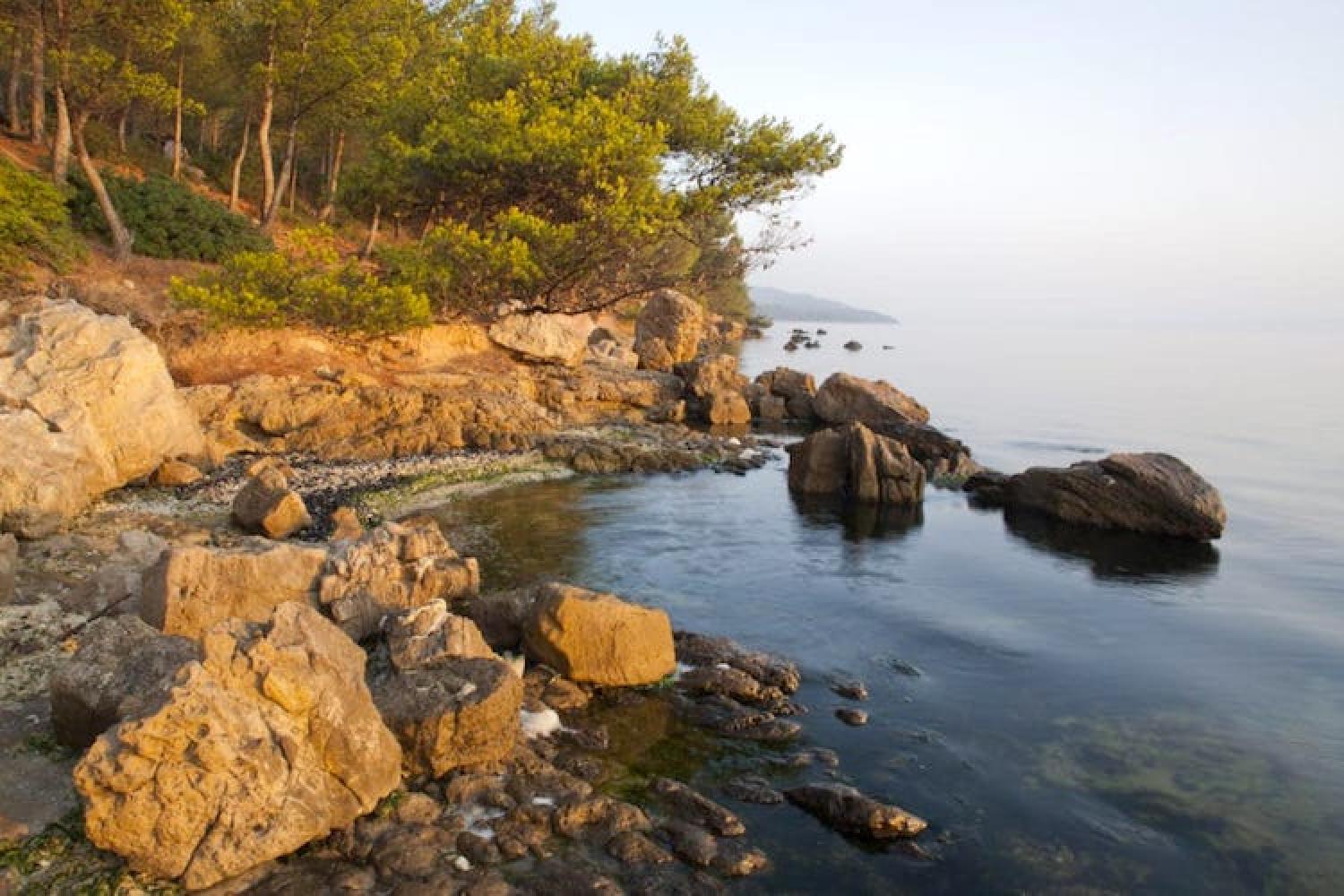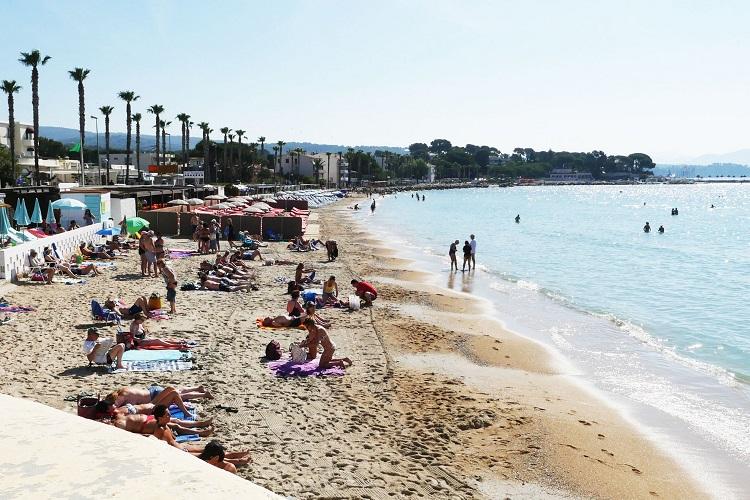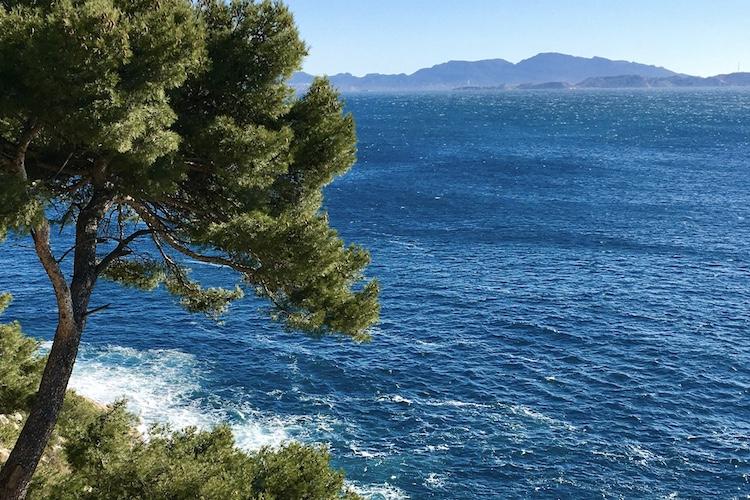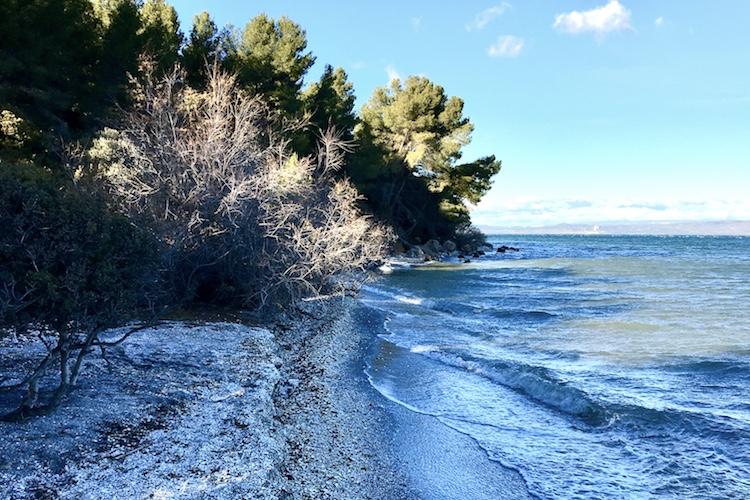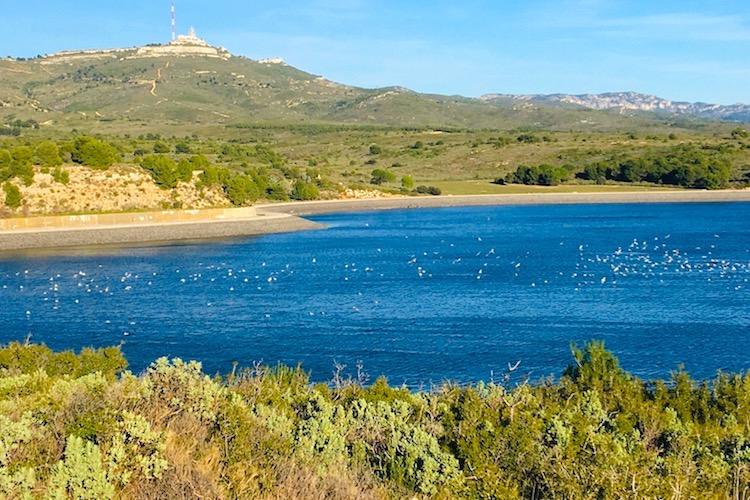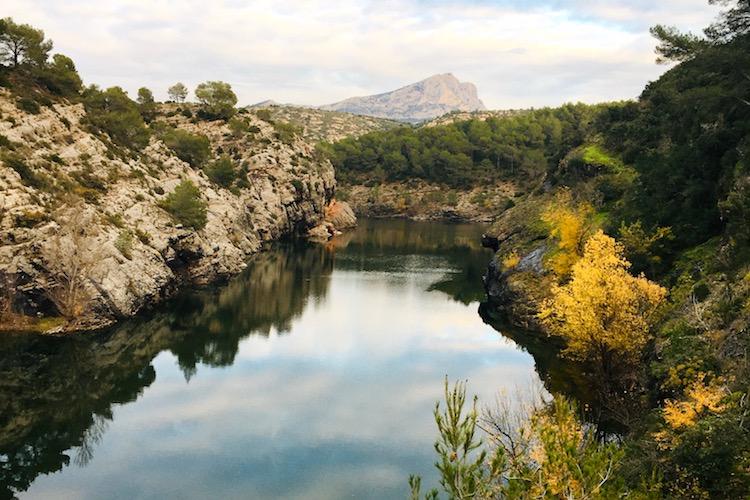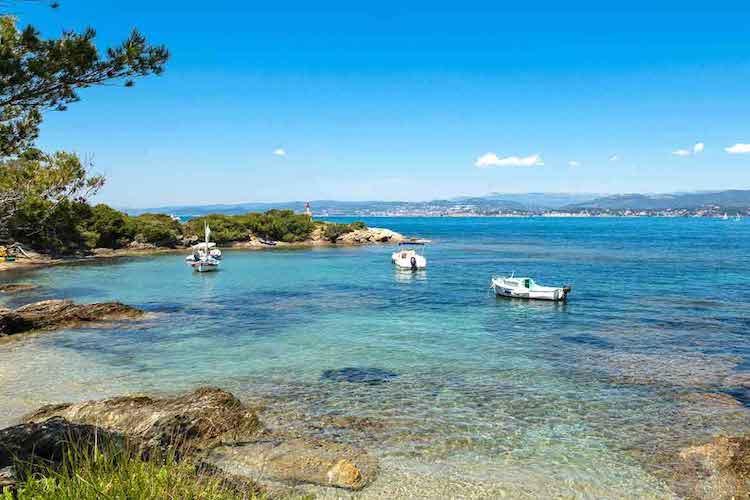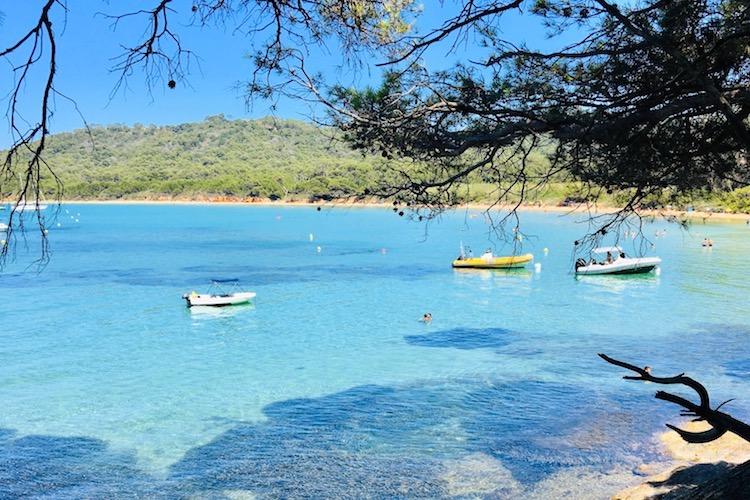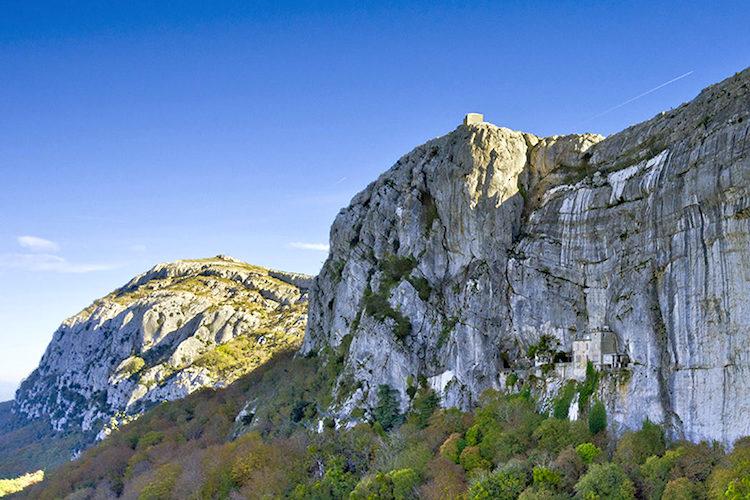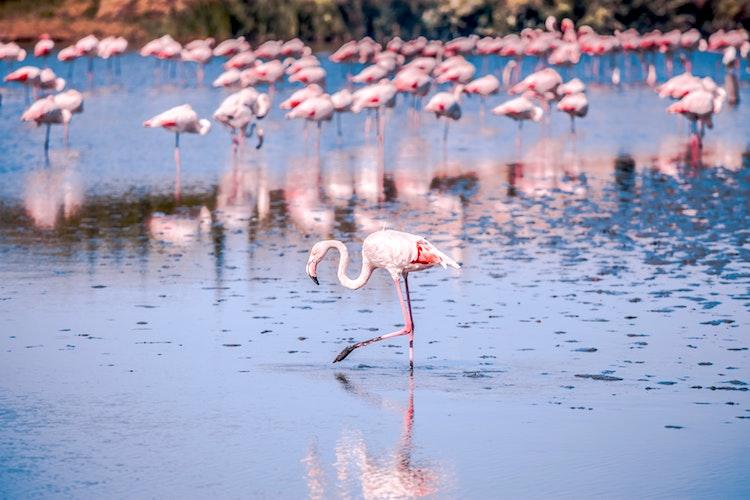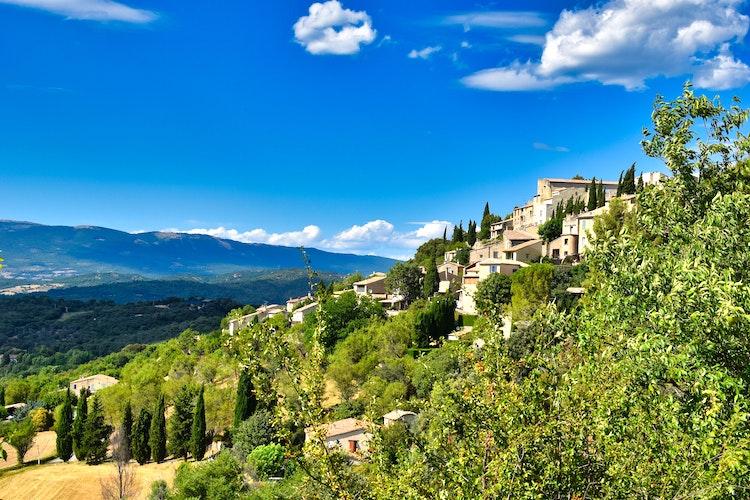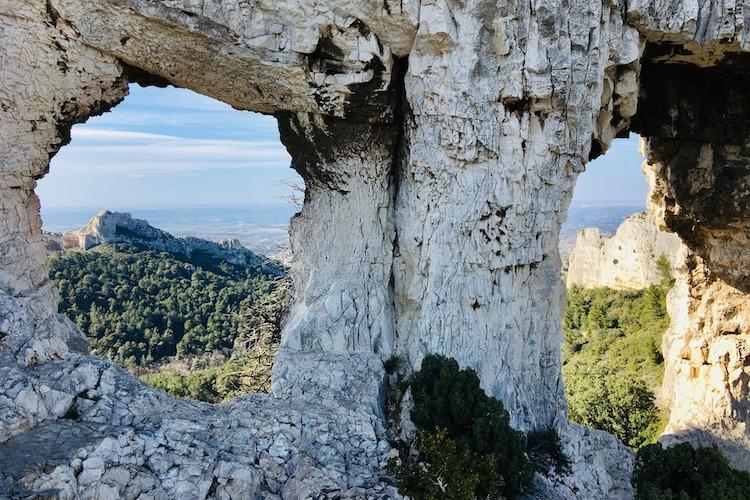Between Provence and the Mediterranean
About swimming
The Calanques is a coastal mountain range with few beaches. In rocky inlets, they are often difficult to reach, narrow, and overcrowded in summer with no amenities. We recommend the beaches in Marseille, Cassis, La Ciotat, and Côte Bleue which are more accessible and have amenities.
The Côte Bleue
The Côte Bleue - the blue coast - is 10 kilometres of vast, untouched coastline at the gateway to Marseille. Between the Mediterrean sea and Berre lagoon, this limestone range with calanques, cliffs, valleys, and plateaux has stunning panoramic viewpoints over the Frioul islands and the Phocean city.
L'étang de Berre
The Etang de Berre is one of the largest Mediterranean lagoons in Europe with small ports and Provencal villages, saffron cliffs pierced with troglodytic habitats, garrigues shrubland and pine forests, vast natural areas classified as Natura 2000, "Little Camargue" or "Provencal Venice", and supervised beaches under palm trees.
Étoile and Garlaban ranges
The Étoile mountain range separates Marseille from the Aix area in the north. Its southeastern part, on the Aubagne side, is home to the Garlaban massif, made famous by Marcel Pagnol. A major part of these hills, which shelter rich biodiversity, are now part of the Natura 2000 network and ffer spectacular hikes.
Sainte-Victoire mountain
Cornerstone of the Aix landscape and muse of painter Paul Cézanne, Saint-Victoire peaks at over one thousand metres. This marvelous landscape is ideal for hiking and shelters exceptional biological diversity. 35 thousand hectares have been classified as a "Grand Site" by France.
Bendor and Les Embiez islands
With 7 hectares and a walking trail, Bendor is organised for tourists. Known for its floral biodiversity, calanques, and seabed, a refuge for birds, Les Embiez has walking and cycling discovery trails. The two islands were acquired by Marseille industrialist Paul Ricard in the 1950s
Port-Cros and Porquerolles islands
Protected from any major property development for over 50 years, Port-Cros and Porquerolles islands are exceptional natural heritage sites with stunning landscape with original flora and fauna on both land and at sea.
Regional Natural Parks
Sainte-Baume
Sainte-Baume is an imposing mountain range and Provence's prealps. Visitors will find spectacular hikes and unusual discoveries including waterfalls, an abbey, a troglodyte chapel.
The Camargue
The Camargue is a delta opening onto the Mediterranean Sea featuring natural landscapes and cultural wealth including marshes, fields, and rice plantations, and home to wild pink flamingos and farmed bulls.
The Luberon
Located between the Durance and Vaucluse mountains, the Luberon is a blend of geographical formations and plant life that shelter extremely diversified flora and fauna. The area also abounds with exceptional cultural heritage with abbeys and hillside villages.
The Alpilles
Hills and wetlands stretch from Salon to Tarascon where, between villages and castles, rich biodiversity finds refuge and flourishes. This mosaic of typically Provencal landscapes is ideal for hiking.




